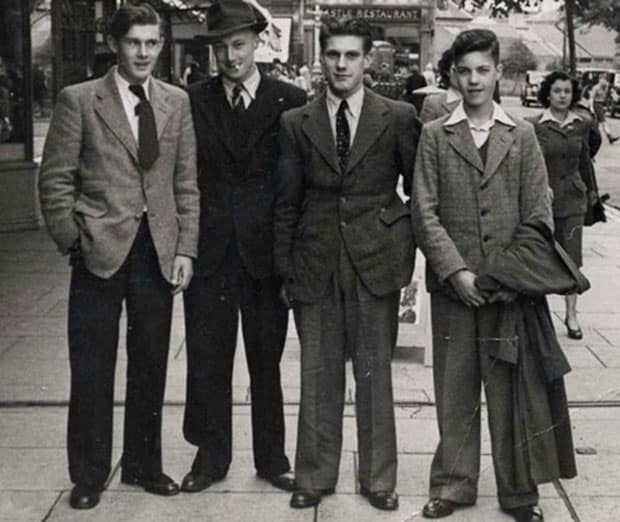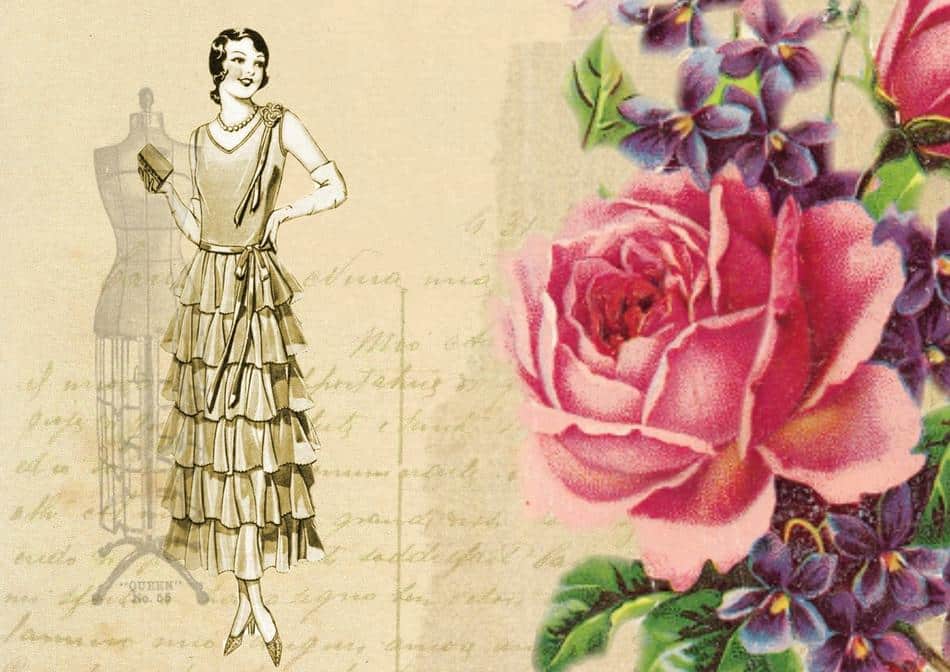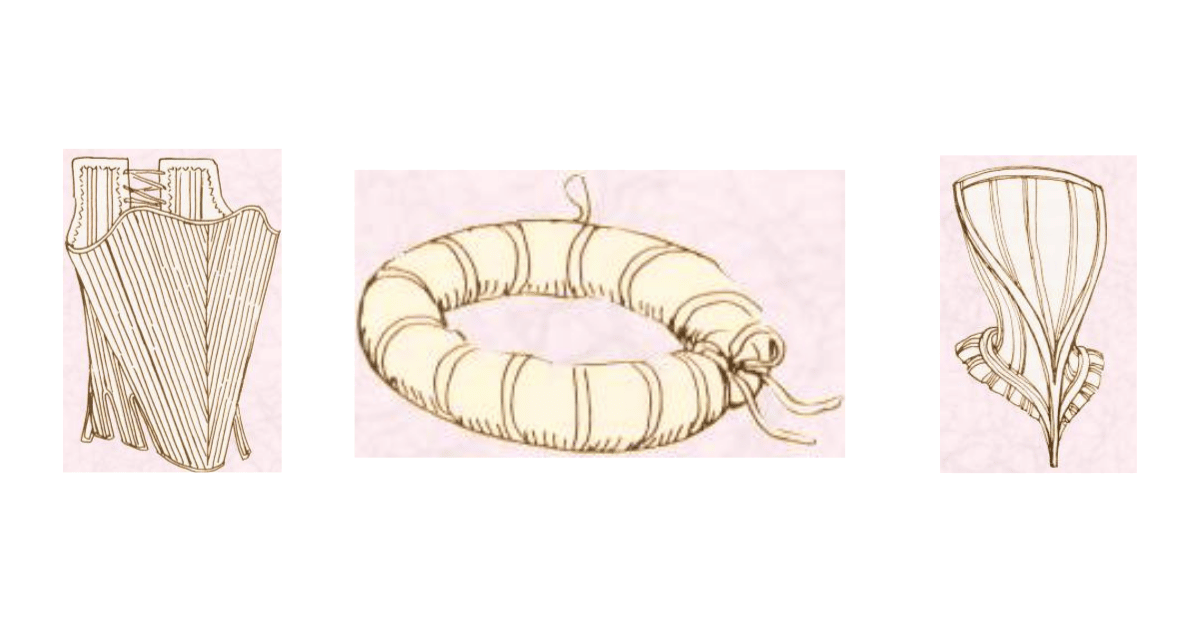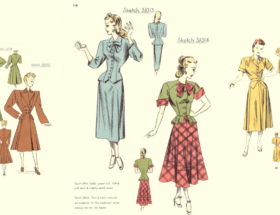When we conjure images of men's fashion in the 1930s, we often imagine the epitome of classic elegance and style. This was a decade where men's fashion took a leap from the merely functional to the magnificently fashionable.
The 1930s were an era when the dapper gentleman came into his own.
Elegance Amidst Economic Adversity
The 1930s were, paradoxically, a time of economic struggle and sartorial splendor.
Despite the Great Depression, or perhaps in spirited defiance of it, men's fashion reached new heights of creativity and elegance. The well-dressed man of the '30s embraced suits that were sharply tailored, yet surprisingly comfortable, marking a departure from the more rigid styles of the previous decade.
A Revolution in Tailoring and Style
The 1930s were not just another decade in the evolution of men's fashion; they marked a revolutionary shift in tailoring and style. This period saw a remarkable refinement in the art of menswear, setting new standards that are revered to this day.
The Emergence of the Modern Suit
The modern suit, as we recognize it today, has its roots deeply embedded in the 1930s. The era bid adieu to the excessively formal, almost stiff attire of the 1920s, welcoming in its stead a silhouette that was both sophisticated and surprisingly functional. Tailors of the time, as noted by historians such as Daniel Delis Hill in his book "As Seen in Vogue: A Century of American Fashion in Advertising," began experimenting with lighter fabrics and more comfortable cuts, giving rise to a more practical yet elegant form of suiting.
The Art of Drape Cut
One significant development was the 'drape cut'—a technique that allowed more fabric to be used in the torso, creating a fuller chest and a nipped-in waist, as detailed in Alan Flusser's seminal work, "Dressing the Man: Mastering the Art of Permanent Fashion." This cut not only enhanced the male physique but also offered greater ease of movement, a stark contrast to the rigid fits of the past.
The Influence of Hollywood Glamour
Hollywood's glamour age in the 1930s also played a pivotal role in popularizing these new styles. Icons like Clark Gable and Gary Cooper, adorned in impeccably tailored suits, became style role models for men across the globe. As noted in “Hollywood and the Ivy Look” by Graham Marsh and J.P. Gaul, these actors didn't just wear clothes; they wore them with an effortless grace that made tailoring an integral part of a man’s personal expression.
The Subtleties of Suiting Details
Attention to detail was paramount. Lapels became wider and more pronounced, imbuing suits with a sense of boldness and character. Trousers were high-waisted and often pleated, providing comfort without compromising on style, as illustrated in the historical accounts of men's fashion in "Men's Fashion Illustrations from the Turn of the Century" by Jno. J. Mitchell Co. The cuffed trousers not only added weight to the fabric, allowing for a cleaner drape but also introduced a new aesthetic dimension to men’s legwear.
Global Tailoring Traditions and Innovations
This revolution was not confined to any single geography. Savile Row in London, as chronicled in James Sherwood’s “Savile Row: The Master Tailors of British Bespoke,” continued to exert its influence, with tailors there refining their craft to adapt to the changing tastes. Meanwhile, in Italy and America, tailors were exploring more relaxed and softer structures, contributing to a global evolution in menswear.
The Dapper Details
Accessories were not mere afterthoughts in the 1930s; they were essential components of the ensemble. Fedoras and trilby hats added a touch of mystery and flair, while patterned ties offered a splash of color to the otherwise muted tones of men's suits. Shoes were polished to a high shine, speaking volumes about the wearer's attention to detail and overall sophistication.
Casual Wear: A Subtle Shift
Amidst the backdrop of the suave formalwear, the 1930s also witnessed a refreshing evolution in men's casual fashion. This was a period where comfort began to take a more prominent role, subtly redefining the boundaries of men's everyday attire.
Ease in Everyday Attire
The casual 1930s men's fashion was marked by a shift towards softer, more relaxed fabrics. Light flannels, linens, and even the introduction of synthetic materials like rayon became popular for their comfort and ease of wear. These materials allowed for more freedom of movement, a crucial aspect for the increasingly active lifestyles of men during this decade.
Sportswear Influence
The influence of sportswear was unmistakable in casual fashion. Polo shirts, which were initially designed for sports, found their way into the everyday wardrobe. Trousers became slightly wider and more relaxed compared to the formal styles, offering a more comfortable fit for leisure activities. This was also the era when the concept of 'sports jackets' took off, offering a casual yet smart option for outdoor pursuits.
The Emergence of the Sweater Vest
One notable garment that epitomized casual fashion was the sweater vest. Often worn over simple collared shirts, these vests added a touch of sophistication to an otherwise laid-back outfit. Paired with plus-fours or knickerbockers for a round of golf or a leisurely day out, the sweater vest was emblematic of the relaxed elegance that defined casual fashion in the 1930s.
The Casual Footwear Revolution
Footwear too saw a transformation. While polished leather shoes remained a staple for formal occasions, more comfortable options like canvas shoes and loafers became popular for casual wear. This shift in footwear underscored the 1930s as a time when practicality and comfort began to be as valued as style and elegance in men's fashion.
The Legacy of the 1930s in Men's Fashion
The fashion of the 1930s for men was not just about clothing; it was about crafting an identity that balanced elegance with accessibility, luxury with practicality. It set a standard that many still aspire to today. The 1930s gentleman was a beacon of style in a tumultuous world, a symbol of refined resilience.



